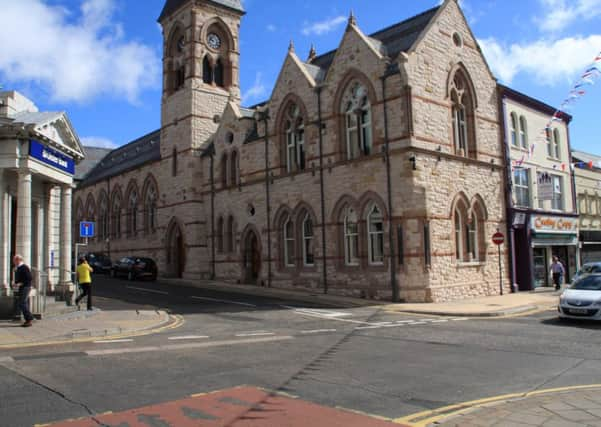Larne man’s slave wealth legacy


The Legacies of British Slave-ownership by University College London (UCL) has developed an online database containing the identity of all slave-owners in the British Caribbean at the time slavery ended in 1763.
The record highlights the role of prominent local figure Charles McGarel, who was born around 1788 in Larne and whose wealth financed the building of the McGarel Town Hall, Magheramorne House and McGarel cemetery.
Advertisement
Hide AdAdvertisement
Hide AdThe database reveals that as a young man, McGarel travelled with his brothers to the “sugar frontier” of South America’s Demerara Coast, which the archive describes as “hungry for new slaves despite the ban on the African slave trade in 1807.”


After returning to London in 1820, McGarel became a partner in the firm Hall McGarel, which acted as London agent for estates in British Guiana and extended credit to slave-owners there.
According to the archive, McGarel was opposed to the abolition of slavery, as he and his partners were among 65 absentee slave-owners and mortgagees who petitioned the Privy Council against the compulsory manumission, or freeing, of slaves in Demerara and Berbice in 1826.
In the 1830s, the partners in Hall, McGarel were major beneficiaries of slave compensation, receiving almost £100,000 for nearly 1000 slaves.
Advertisement
Hide AdAdvertisement
Hide AdCharles McGarel also owned the Uniform estate and the 253 enslaved on it, for which he, John and Peter McGarel were awarded £13417 15s 7d. In addition, Charles McGarel received £9751 6s 5d for 184 slaves on Nouvelle Flandres.
Noting McGarel’s contribution to Larne’s “physical fabric,” the archive states: “It is understood in Larne that his wealth derived from Demerara and the sugar trade, but as is often the case the role of slavery is not visible in the short-hand histories of his wealth deployed locally.”
The archive also highlights McGarel’s “transmission of his slave-wealth on his death.” .
McGarel left his estate at Magheramorne to his brother-in-law the MP James MacNaughten Hogg, who changed his name to James McGarel Hogg. McGarel Hogg became 1st Baron Magheramorne, and used his inheritance to build Magheramorne House.
Advertisement
Hide AdAdvertisement
Hide AdCharles McGarel’s slave ownership also led to the foundation of a Tory dynasty through his sponsorship of his brother-in-law Quintin Hogg.
Quintin Hogg’s grandson, Quintin McGarel Hogg, was Lord Chancellor in Ted Heath’s and Margaret Thatcher’s governments between 1970-1974 and 1979-1987. His great-grandson was former MP and agriculture minister Douglas Hogg.